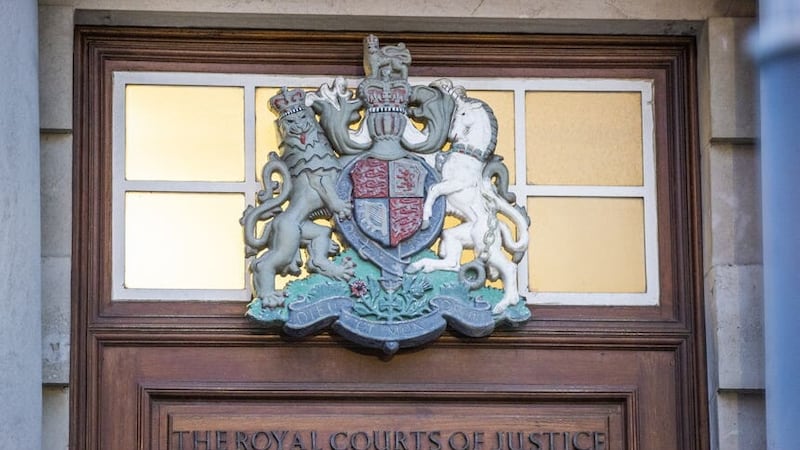Seven out of eight judicial review applications are unsuccessful, an audit office report has found.
The judicial review process at the High Court in Belfast allows applicants to legally challenge a decision made by a public body.
A report by Northern Ireland’s comptroller and auditor general, Dorinnia Carville, looks at the numbers of challenges being made, as well as time scales and costs.
It comes after a report on major capital projects in 2019 looked at issues including legal challenges as well as funding difficulties.
It noted a suggestion by stakeholders of an “increasing tendency” in Northern Ireland to challenge decisions via judicial review.
While the Public Accounts Committee expressed concerns about the extent to which judicial reviews delay, and add costs to, public sector projects.
However, Mrs Carville said the decreasing numbers do not support that view.
The Audit Office report found that judicial review applications had been decreasing, before a surge in 2021.
There were 1,770 applications between 2017 and 2022, ranging from 310 in 2017, dropping to 268 in 2020, but rising to 344 in 2021, dropping again to 290 in 2022.
The report noted a suggestion that the increase in applications in 2021 may have been due to the cumulative effect of small changes in the number of applications against a wide range of public sector bodies.
While the decrease in applications in 2020 may have been the result of Covid-19 restrictions.
The 1,770 total had dropped to 515 by stage two of the process, the substantive hearing.
Almost two-thirds of the 1,139 total applications were focused on Stormont departments, agencies and bodies.
The Department of Justice saw the most judicial review applications at 593.
The Audit Office report found most judicial reviews are not successful, with just one in eight applicants emerging successful in their challenges to the legality of public bodies’ decisions or actions.
Over the last six years, it has taken on average more than a year to progress through both stages of the judicial review process.
About £13.6 million was spent on legal aid for judicial review cases between 2017 and 2022, and an estimated £10.6 million was spent by departments on cases.
The report found that the time associated with the court proceedings, even when the applicant is unsuccessful, can create significant delay to public bodies progressing projects or decisions.
The report also found that data in relation to judicial reviews is not collated in a way that allows easy identification of the grounds on which a judicial review is taken, or subsequently granted, or the subject matter, such as major capital projects.
It concluded that in the absence of this information it is difficult to assess if lessons are being learned.
Ms Carville said the dropping numbers of judicial reviews does not support the view there is an increasing appetite for that type of legal challenge in Northern Ireland.
“The judicial review process in Northern Ireland is an important means of holding public decision-makers to account, however, concerns have been expressed about the extent to which judicial reviews delay, and add costs to, public sector projects,” she said.
“The figures show that the number of applications in respect of judicial reviews has generally been decreasing and as such does not support the view that there is an increasing appetite to challenge decisions made by public bodies through judicial review.”
Mrs Carville said she has made a small number of recommendations in the new report.
“If acted upon, these will strengthen the management and oversight of these legal challenges in the public sector and ensure that themes and areas for learning are identified and good practice is shared,” she said.








